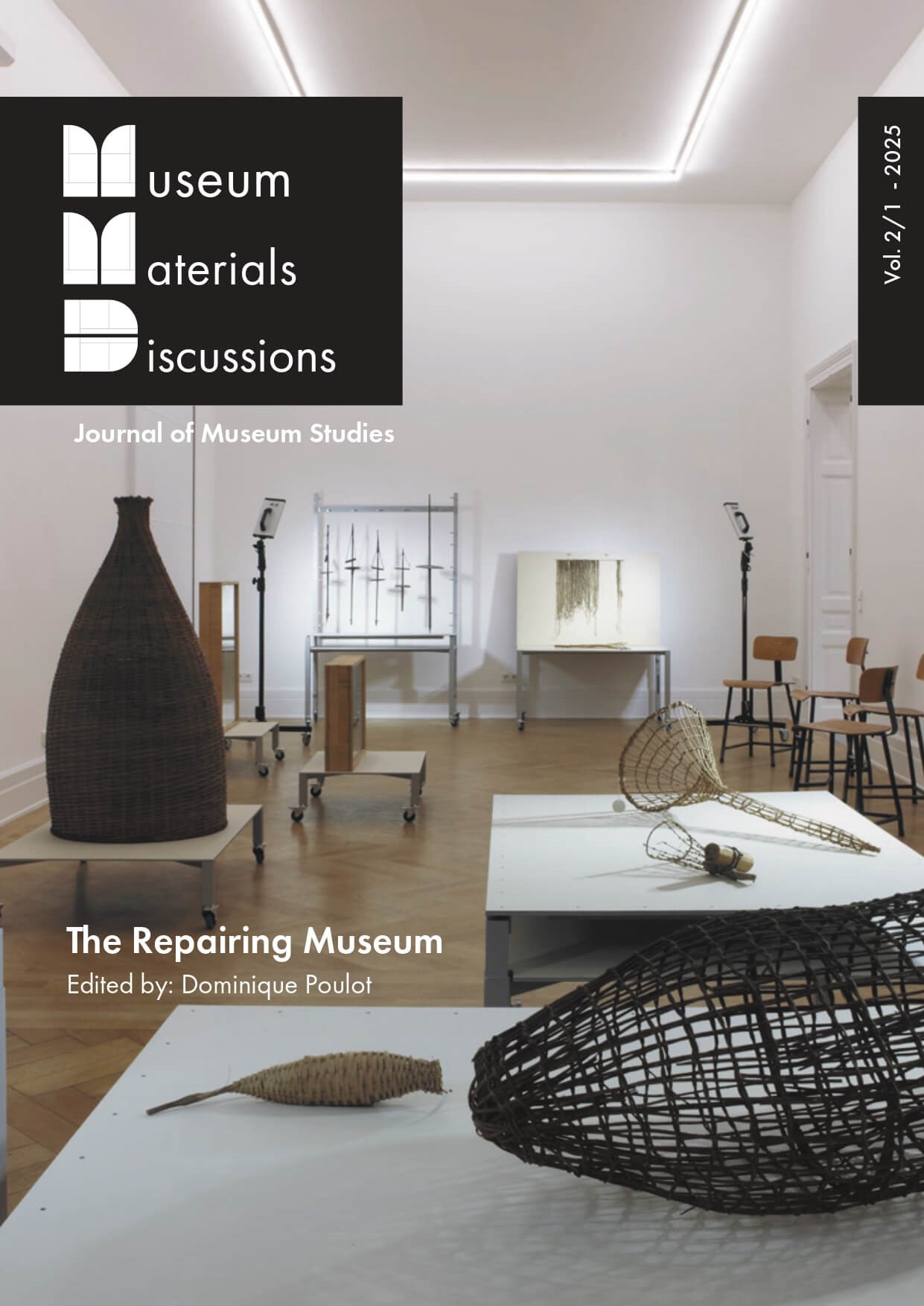Le musée guérisseur. Les musées canadiens face à leur passé colonial
DOI:
https://doi.org/10.6092/issn.3034-9699/21594Keywords:
Canadian Museums, Healing Museum, Reconciliation, DecolonizationAbstract
From 2008 to 2015, the work of the Truth and Reconciliation Commission of Canada (TRC) sought to shed light on the residential school system to which 150,000 children were sent over the course of a century, with the aim of forcibly Christianizing and “Westernizing” them. The TRC's final report, which concludes that a veritable “cultural genocide” took place, proposes 94 calls to action to right the wrongs of the past. Many of these are addressed to the Canadian art world and museums and have the particularity of placing the museum in the role of healer. This healing, a key element in the reconciliation process, is primarily concerned with the “survivors” of the residential schools, i.e. the indigenous students who suffered physical, sexual and psychological abuse, the after-effects of which are still felt today. In recent years, however, the theme of reconciliation has gradually given way to that of decolonization. This paradigm shift affects all Canadian institutions, but particularly museums, whose colonial history is at the very heart of their collections. But what of the curatorial function of museums in this paradigm shift? The aim of this article is to show that, in the age of decolonization, the healing museum is subject to a divided understanding that lies at the heart of the recent crisis in Canadian museums.
Downloads
Published
How to Cite
Issue
Section
License
Copyright (c) 2025 Jean-Philippe Uzel

This work is licensed under a Creative Commons Attribution 4.0 International License.





